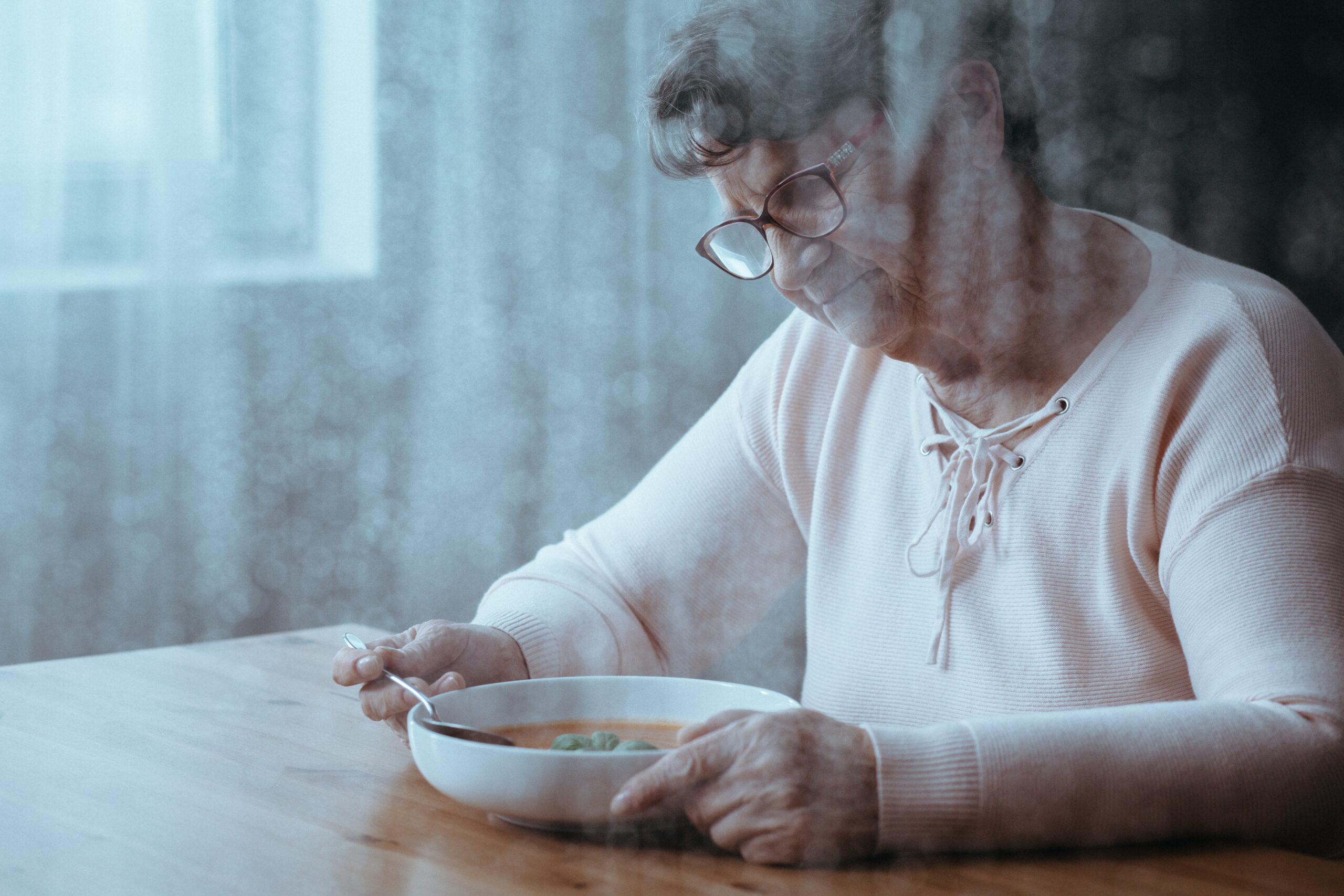In the anxiety surrounding COVID-19 we can lose sight of what should be a basic health policy principle: pandemics, and their resulting economic shocks, affect men and women differently. Physical, cultural and social differences between men and women can influence how vulnerable they are (caring roles increase exposure), co-morbidity (women may be pregnant, men smoke more), and self-protection (women may have less decision-making power).
An article in the The Lancet last week urged more research to understand the gendered impacts of COVID-19 in order to create “effective, equitable policies and interventions”. There are, however, some conclusions we can draw now, based on readily available information that shows that, yes, women are more vulnerable to the broader impacts of COVID-19.

Vulnerability in pandemics is gendered
Amid the panic buying that is seeing supermarket shelves stripped of essential items, one thing is clear: stockpiling is not an option for the economically vulnerable. Stockpiling is expensive. ACOSS’s 2018 report shows that in Australia, more women than men live below the poverty line. Statistics from the ABS last December, found women were the majority of those receiving long-term Newstart or Youth Allowance and the majority of those receiving parenting payments. Stock-piling is not only beyond the reach of the poorest, it also has the potential to make them more vulnerable as poverty makes it harder to search for supplies when they run out locally, or to pay more if there is a price surge. Because of their economic vulnerability, women have reduced capacity to build up supplies against future shortages or quarantine.
Women are also over-represented in the industries both heavily reliant on casual workers and likely to be hit hard by an economic downturn.
Another area of concern is the impact on casual employees. There are more women than men working in casual employment without sick leave entitlements. Women are also over-represented in the industries both heavily reliant on casual workers and likely to be hit hard by an economic downturn. For instance, data from the Workplace Gender Equality Agency shows women make up 57.7% of retail workers. But they make up majority of retail workers in fashion (84.2%), department stores (66.1%) and furnishings and homewares (71.3%) – all retail sectors already under strain. The combination of insecure employment and exposure to economic shock will hit women hard.

The health care workforce is highly feminised.
Women will bear the impact of closing universities, schools and childcare centres. Women are the majority of workers in these settings – 57.9% of university workers (particularly in non-management, professional, clerical and community service roles); 72% of those working in schools and a whopping 95.6% of childcare workers.
It’s not clear how or whether staff would be paid if there are shutdowns, or whether parents would continue paying fees. We should assume that in the event schools and childcare centres close, women will more likely have to change their work arrangements to care for out of school and out of care children, possibly taking a hit to their pay, or running down their own precious leave in the process.
The face of our healthcare response – and the risk and hard work inherent in that – is a female one.
The economic impacts, and potential for whole workplaces to be shut down are still playing out, but we already know the demand on the health workforce, and the risks that healthcare workers face. Here women are on the front line. Women make up 80% of hospital workers, including as the majority of professionals, technicians and labourers. Women are 83.9% of the general medical practice workforce, again as the majority of professionals, but also as the majority of clerical and administration staff. Furthermore, 77% of the pathology and diagnostic imaging workforce are women, and women make up 81.8% of residential aged care workers.
The face of our healthcare response – and the risk and hard work inherent in that – is a female one. And this means that there is a tension between our need to ensure the health workforce is at peak capacity and the considerations around school closures because caring for kids and caring for the community comes back to women.
Women are more vulnerable to COVID-19 due to their economic insecurity, over representation in certain sectors of the economy, their caring responsibilities, and the feminisation of the education and healthcare sectors. We know this now – we don’t need to wait for research to make sure COVID-19 responses meet the needs of women.




